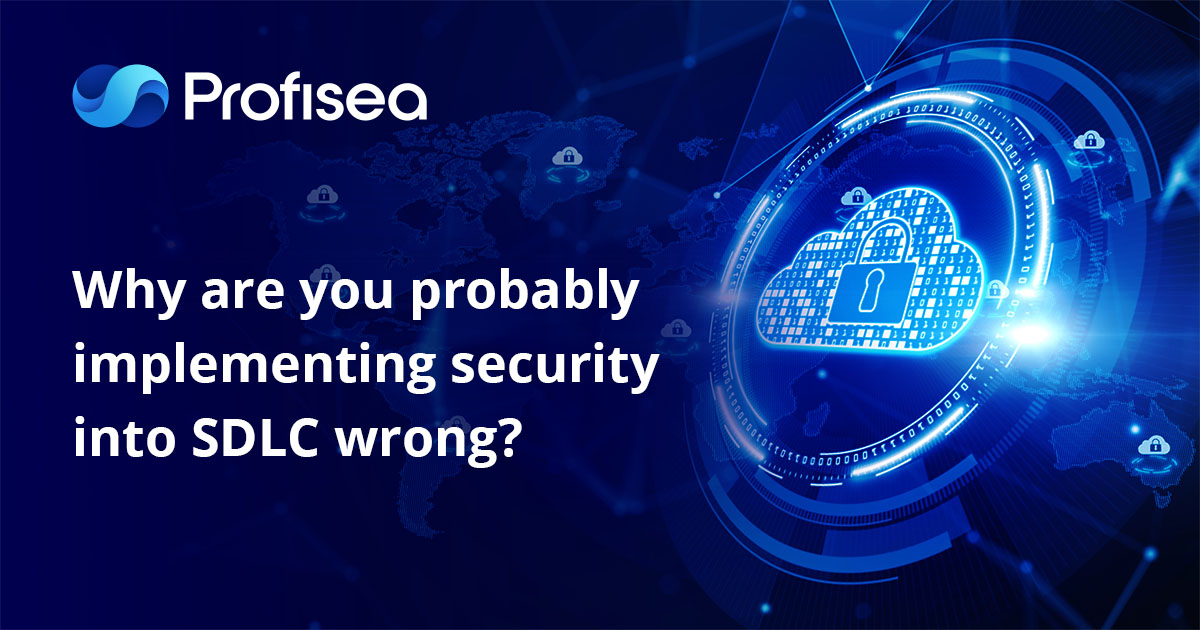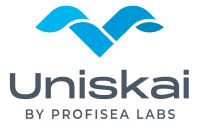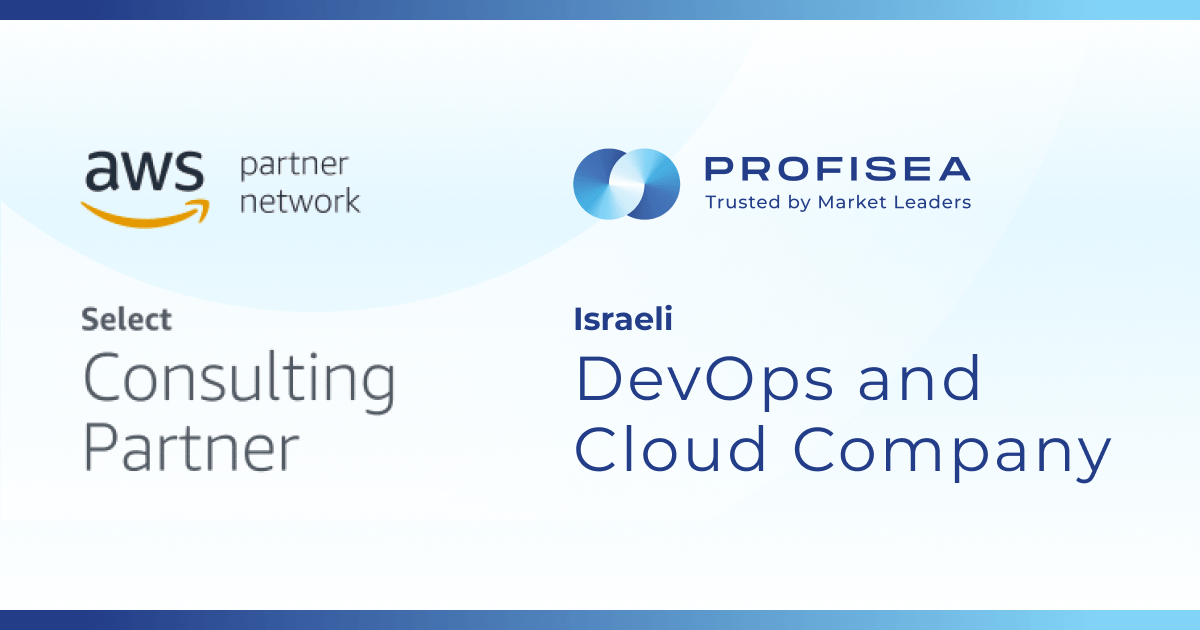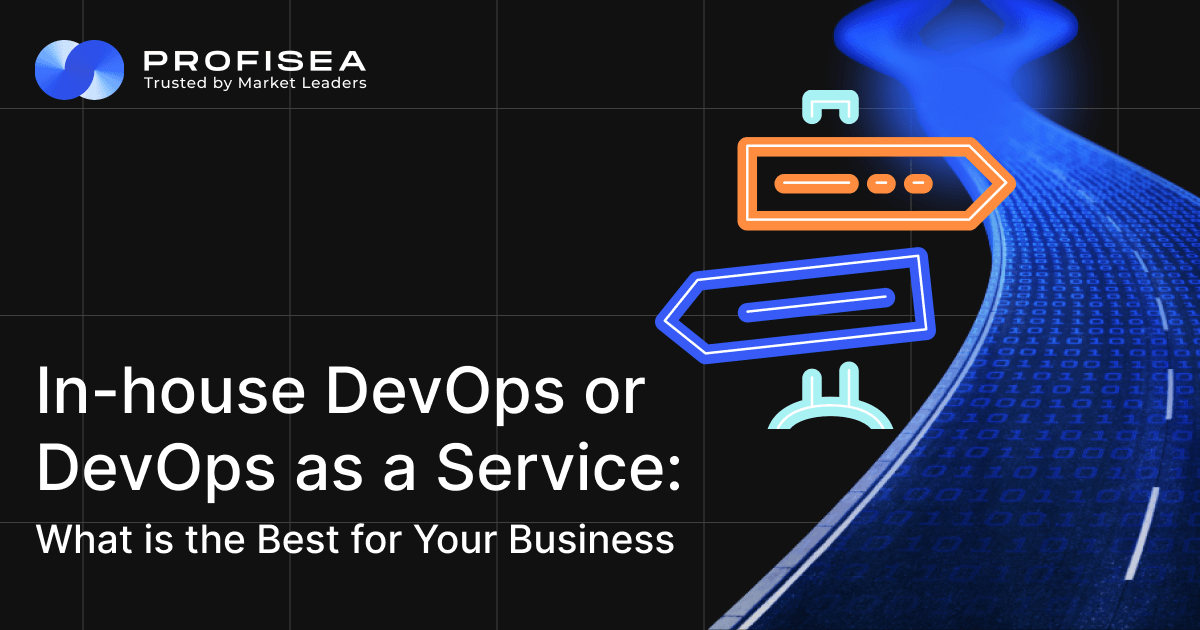Why Are You Probably Implementing Security into SDLC Wrong?
Do you still believe implementing security into SDLC is just an everyday routine for your business? If yes – eventually you will face massive vulnerabilities and threats any large or small company does every year.
Implementing Security into SDLC Matters
In 2021, Cognyte, a security analytics company, administrated a database of more than 5 billion records without any authentication. As the development team relied on third-party software, ignoring implementing security into SDLC, it could have provided hackers with a perfect goal for sophisticated cyber-attacks. Thanks to the security experts, Cognyte was able to respond to and block a potential exposure.
In 2022, Rockstar, the Grand Theft Auto developer, suffered from a network intrusion. The reason for the incident was misconfigured security rules for the communication platform used for internal collaboration. The company has no idea if any other third parties accessed the confidential data, nor for how long it was exposed. But the experiments reveal hackers can find and access exposed data in a matter of hours.
Security misconfigurations seem to be a regular error across the IT industry. A recent Vulnerability and Threat Trends Report 2022indicates 20K+ new vulnerabilities in 2021, up from 18K+ in 2020. That’s the most number ever reported in a single year, and it’s the biggest year-over-year growth since 2018. This rapid increase is mainly driven by digital transformation and cloud migration.
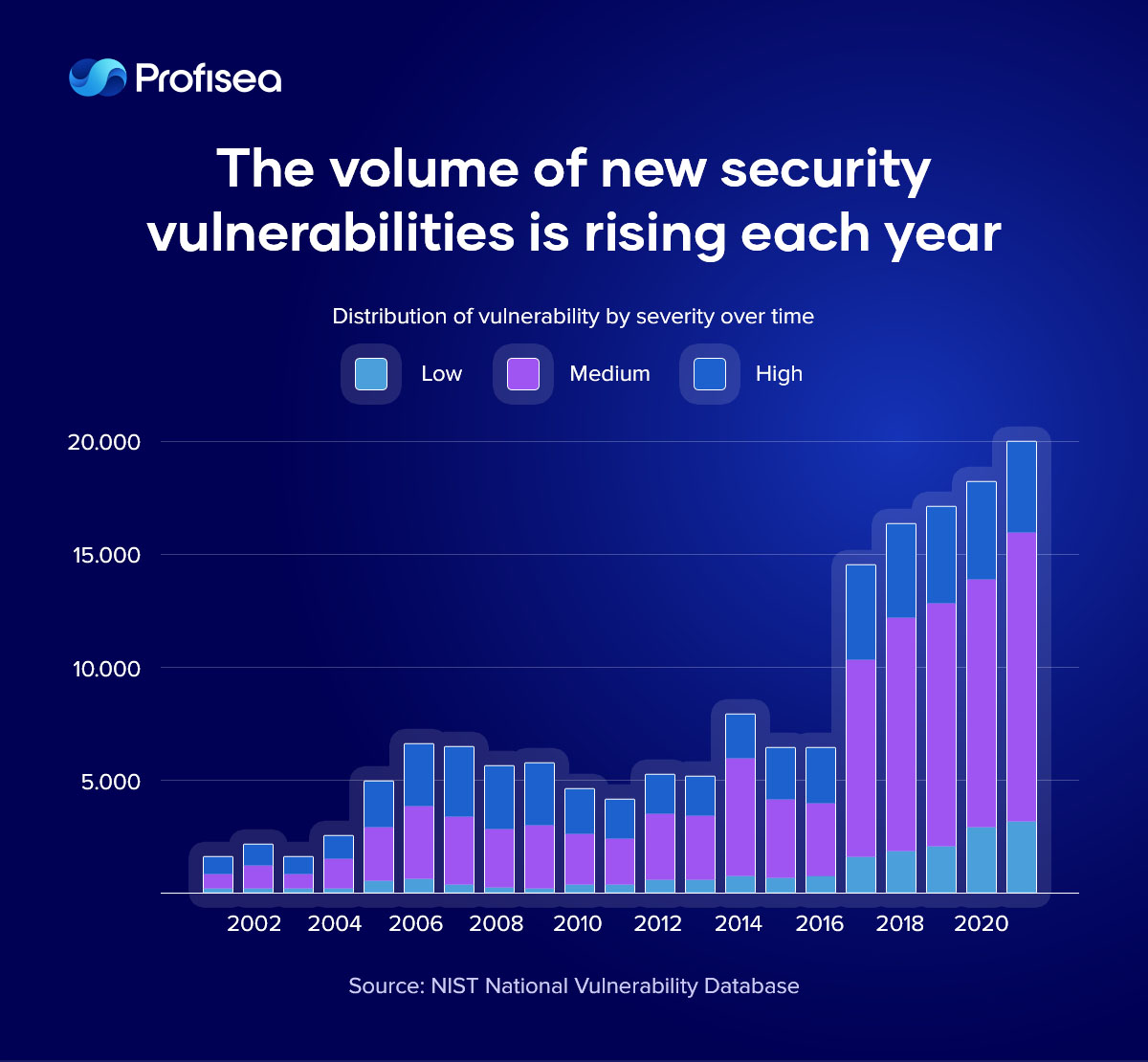
Security costs also continue to rise. By 2026, the global cybersecurity market is projected to grow to $345,4 billion.
Apart from financial expenses, implementing security into SDLC wrong compromises customer trust: 60% of small companies, ignoring must-have DevSecOps services, go out of business within just 180 days.
DevSecOps as a Service Takes Resources
Professional DevSecOps services help companies stay afloat. Shifting security left, the DevSecOps process involves the security component integration into the whole SDLC. Effectively integrated DevSecOps implements security checks as early as possible, saving you plenty of resources.
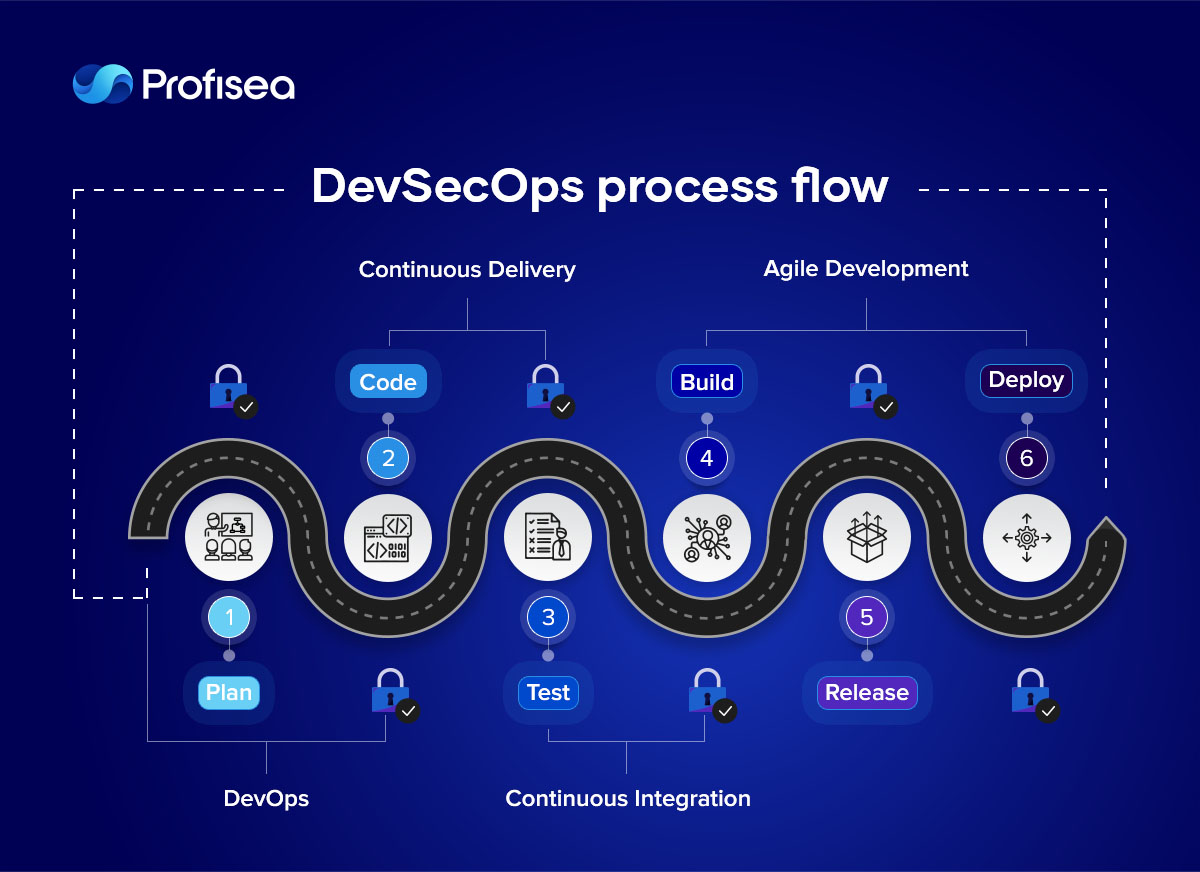
At the Planning stage, your team must understand documentation and the product requirements. DevSecOps experts organize Security Awareness Training, outlining secure software development strategy essentials, to reduce the number of mistakes the team can make at the next SDLC stages.
A good practice is to model potential threats to understand the probable attack scenarios for your application, and to check the third-party software you are going to use in the project not to “borrow” external vulnerabilities. It is principal to understand that in 2022 there is no single solution to prevent all the attack vectors (malware, viruses, pop-ups, instant messages, and social engineering, etc.)
Secure Coding demands using static application security testing (SAST) to identify vulnerabilities at the early stages. Using the right secure coding tools – Snyk, SonarQube, Coverity, GitGuardian, Appknox, Fortify Static Code Analyzer, tfsec, Veracode – is the most efficient practice to safeguard against cyber threats.
Testing your application at runtime, using different types of inputs, and checking, if the application handles these inputs flawlessly, DevSecOps provides:
fuzz and dynamic scanning for threats;
penetration testing to get a deeper insight into your product’s vulnerabilities before hackers do.
At the Building stage, the DevSecOps team, using dynamic application security testing (DAST), analyzes the application as it runs within the full system environment. DAST tools – GitLab, Intruder, Detectify, StackHawk, Invicti, Beagle Security, etc. – are able to peek inside your product and check its execution and data security.
DevSecOps also provides Environment Decommissioning Test. This test is to confirm that any detected vulnerabilities will remain in a testing environment and results in reducing costs relative to maintaining production infrastructure.
Once the application is released, it still needs to be maintained to ensure the product is secure. DevSecOps cares about feedback tools for people to contact you if they find something wrong with your application. Also, the development team must proceed with continuous patching and security tests for the full life of the application.
Making a move to DevSecOps is not a simple thing. Implementing security into SDLC takes time, finances, and human resources. But secure SDLC can be achieved successfully with professional DevSecOps services which will help your business avoid the most common mistakes.
Learning from Mistakes

No one wants to become the next Cognyte or Rockstar. But as cybercrime grows, learning from your competitors’ mistakes is the key to building your successful business. Right now, we will explain why you and/or your opponents are probably implementing security into SDLC wrong.
First of all, it is spending a fortune on security tools. A big mistake is to believe, that investing in costly tools will meet your needs. Different security tools have different roles in the SDLC. An expensive one-size-fits-all approach doesn’t work in DevSecOps. You must understand your technology stack and prepare treat models for current environments, using effective modeling tools.
The second big mistake is the inaccurate configuration of scanners. Reducing the number of false positives leads to lessening friction inside the development team. Professional configuration of scanners pays off in the long SDLC run. Yes, tell me about it! Addressing hundreds or thousands of irrelevant vulnerabilities becomes extremely confusing for both security and development teams.
A lack of metrics is another mistake your business can make implementing DevSecOps. “How safe are we?” – is the most difficult IT question to answer. Without relevant metrics, it’s impossible to measure the effectiveness of all security processes. Remember, DevSecOps is a marathon, not a sprint, and you have to know what you’re doing well and what you’re doing wrong.
Because DevSecOps is also a cultural concept, it combines efforts and participation of security, development, and DevOps teams. A common mistake happens when your security team works in isolation and makes separate decisions. Fortunately, with professional security services, every company can empower its own DevSecOps culture.
Next Steps: Consulting DevSecOps Experts
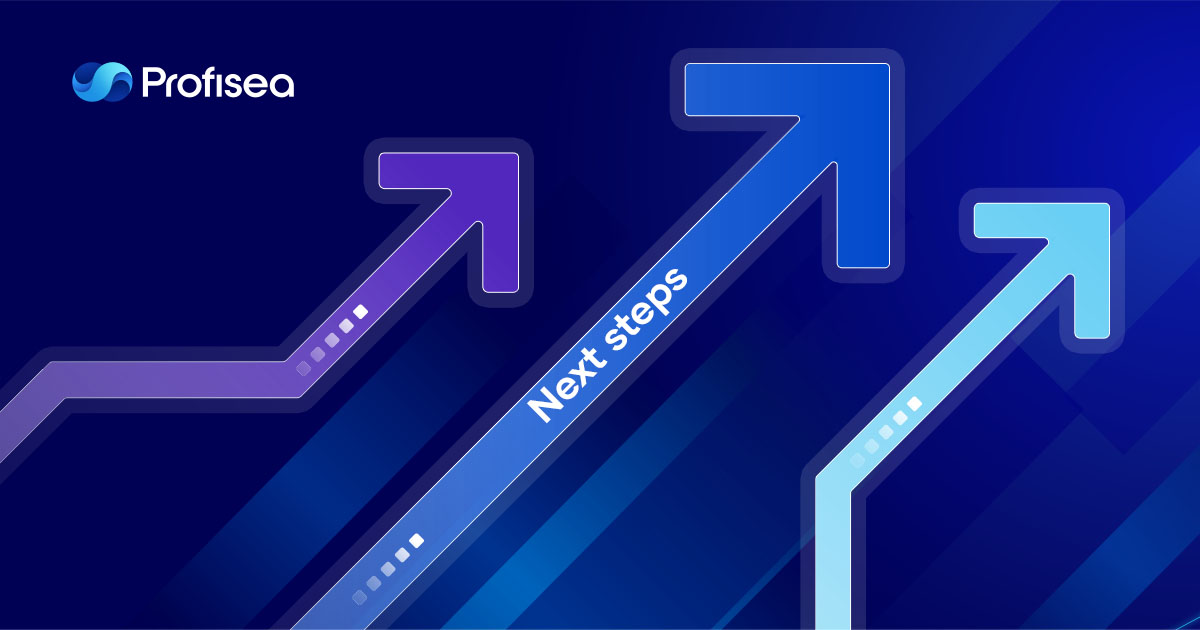
There is no universal solution that can provide protection against all cyber threats. Never ignore consulting DevSecOps experts, since an outside perspective identifies vulnerabilities in SDLC you may fail to notice.
Profisea offers high-quality, flexible, intelligent services for a wide range of industries and platforms. We provide the best DevSecOps practices in the SDLC at the early stages for smooth process integration, better security, and compliance. Thus, the total cost reduces as post-development security processes are eliminated.
We guarantee a great experience and key professional benefits of secure SDLC. You will get a 100% safe product because security requirements, metrics, and testing are our top concerns. The most important is that you have DevSecOps culture successfully implemented inside the company.
